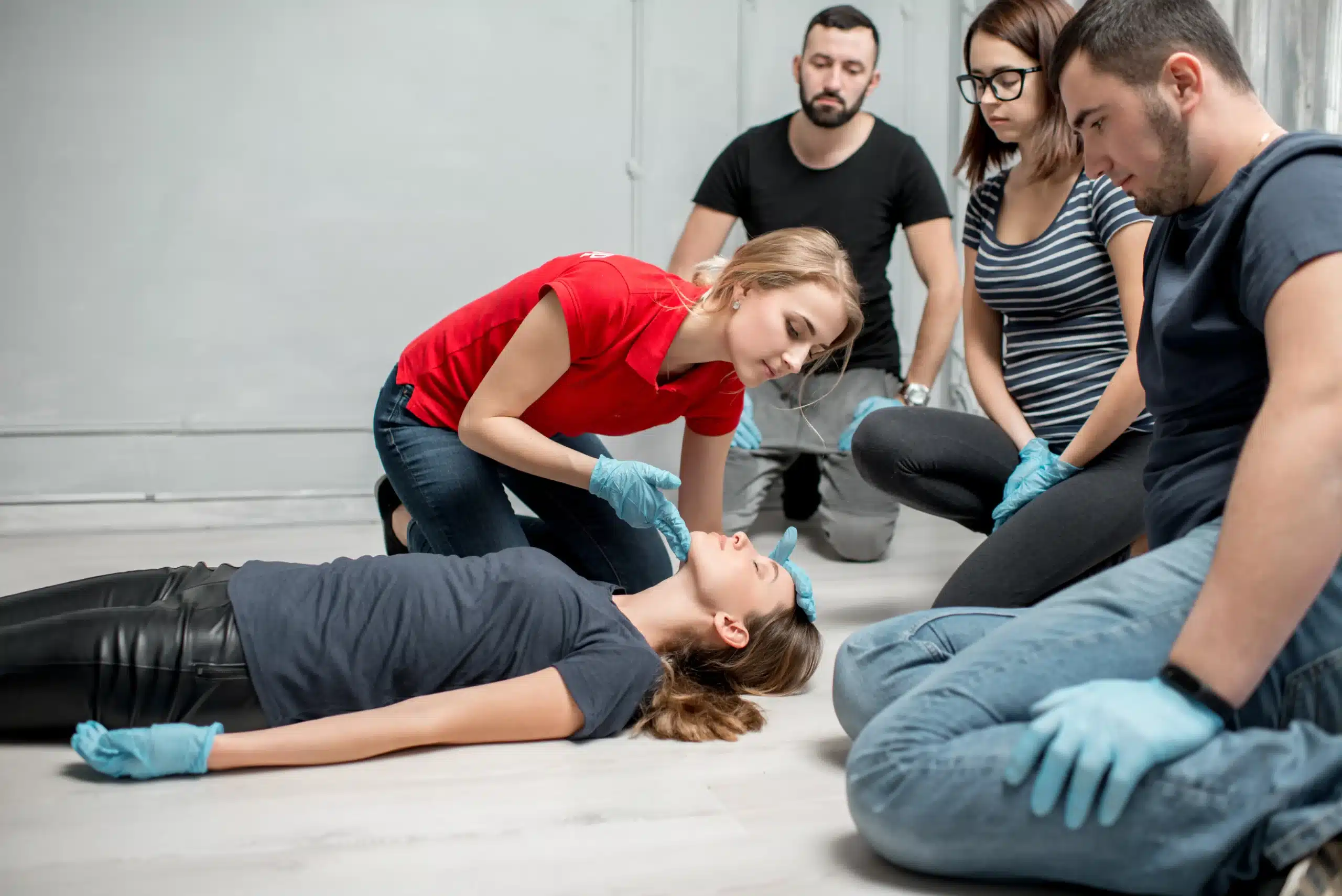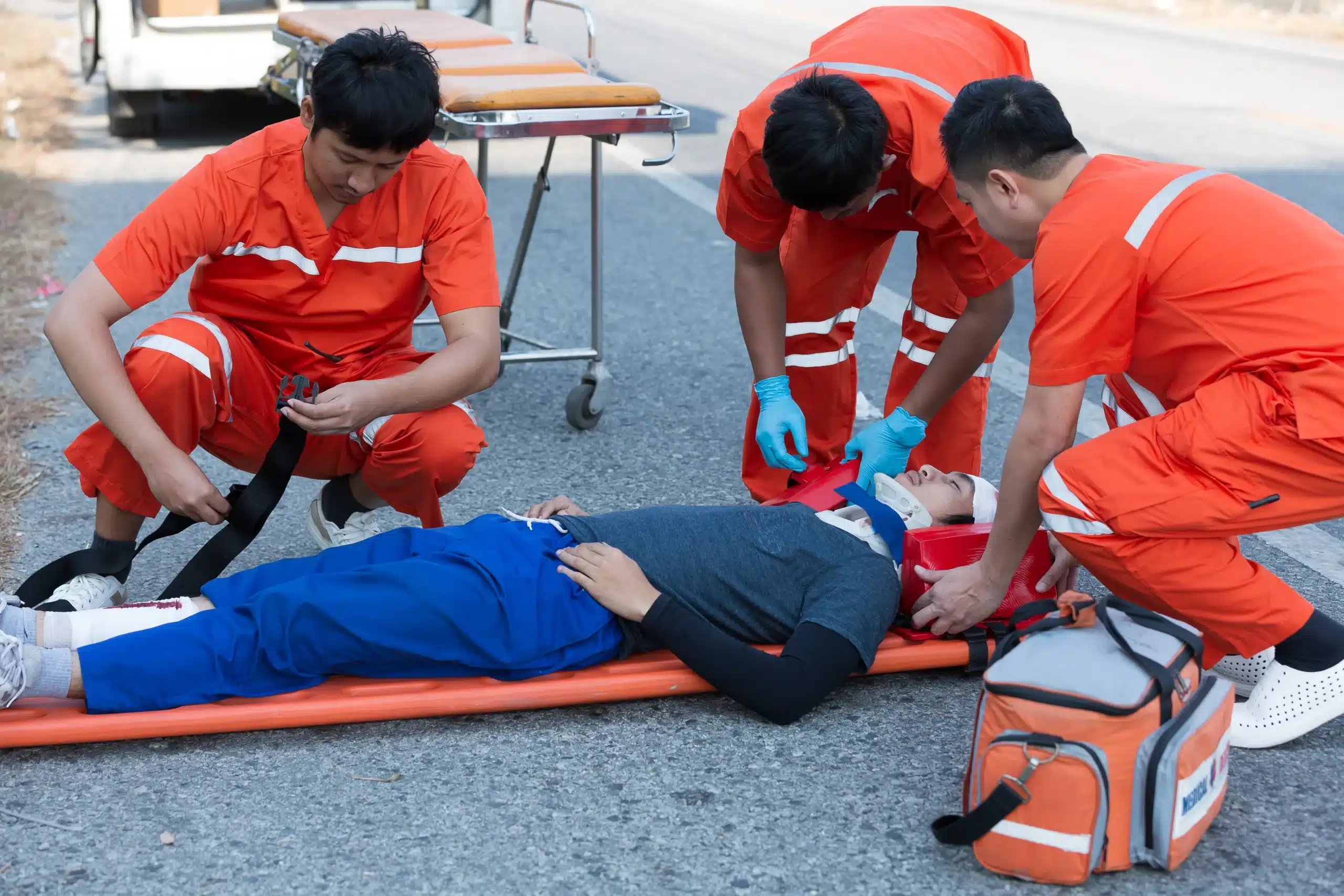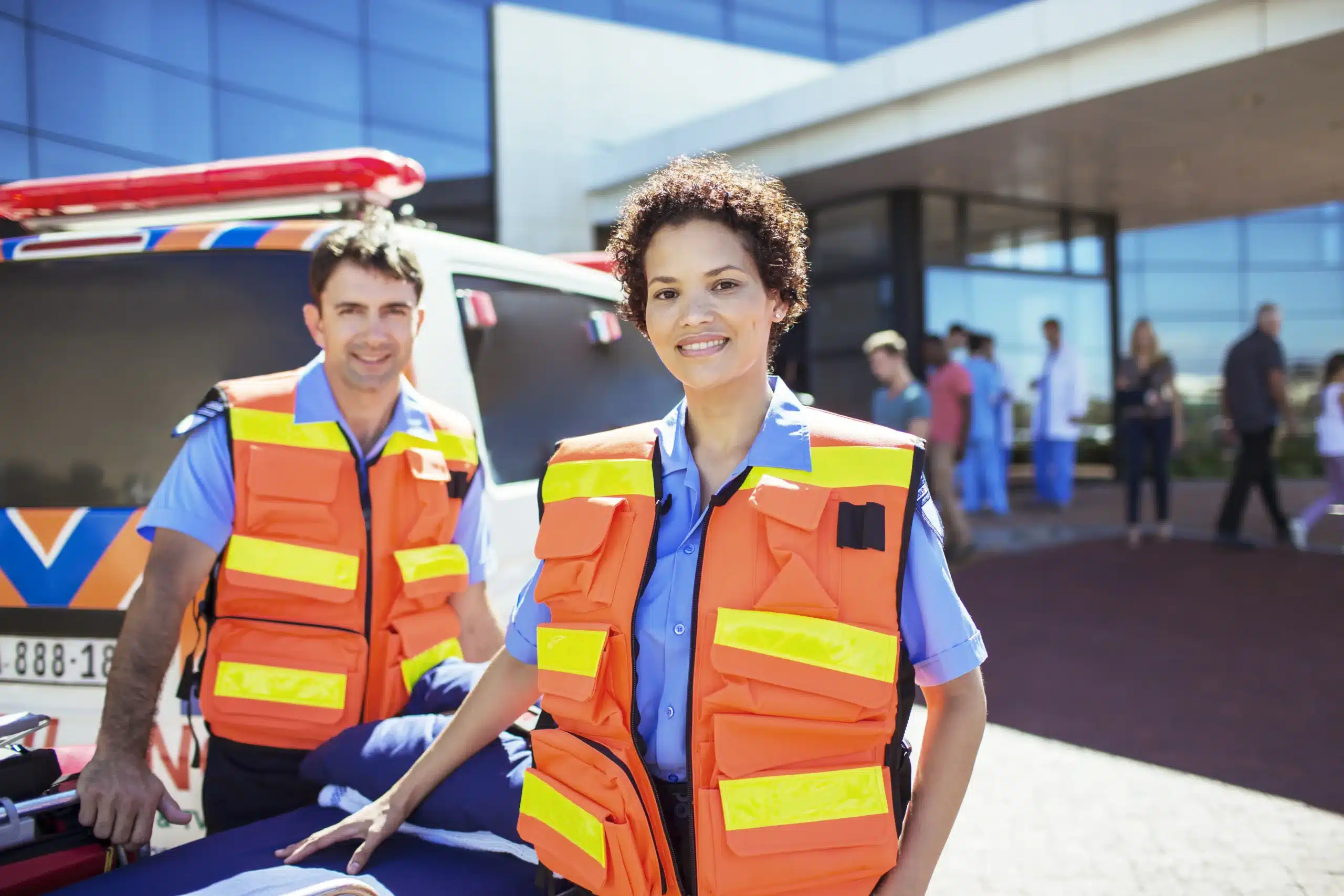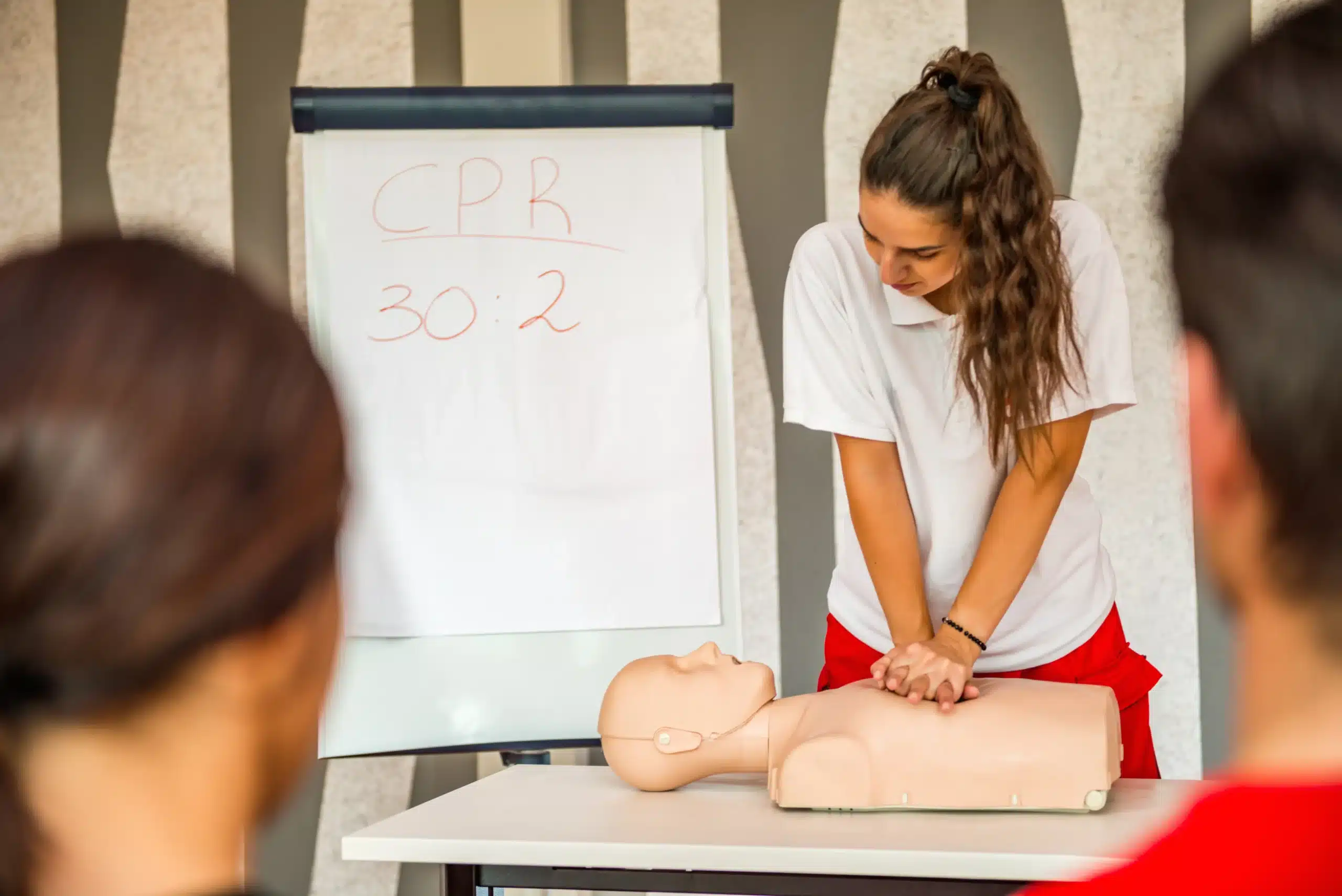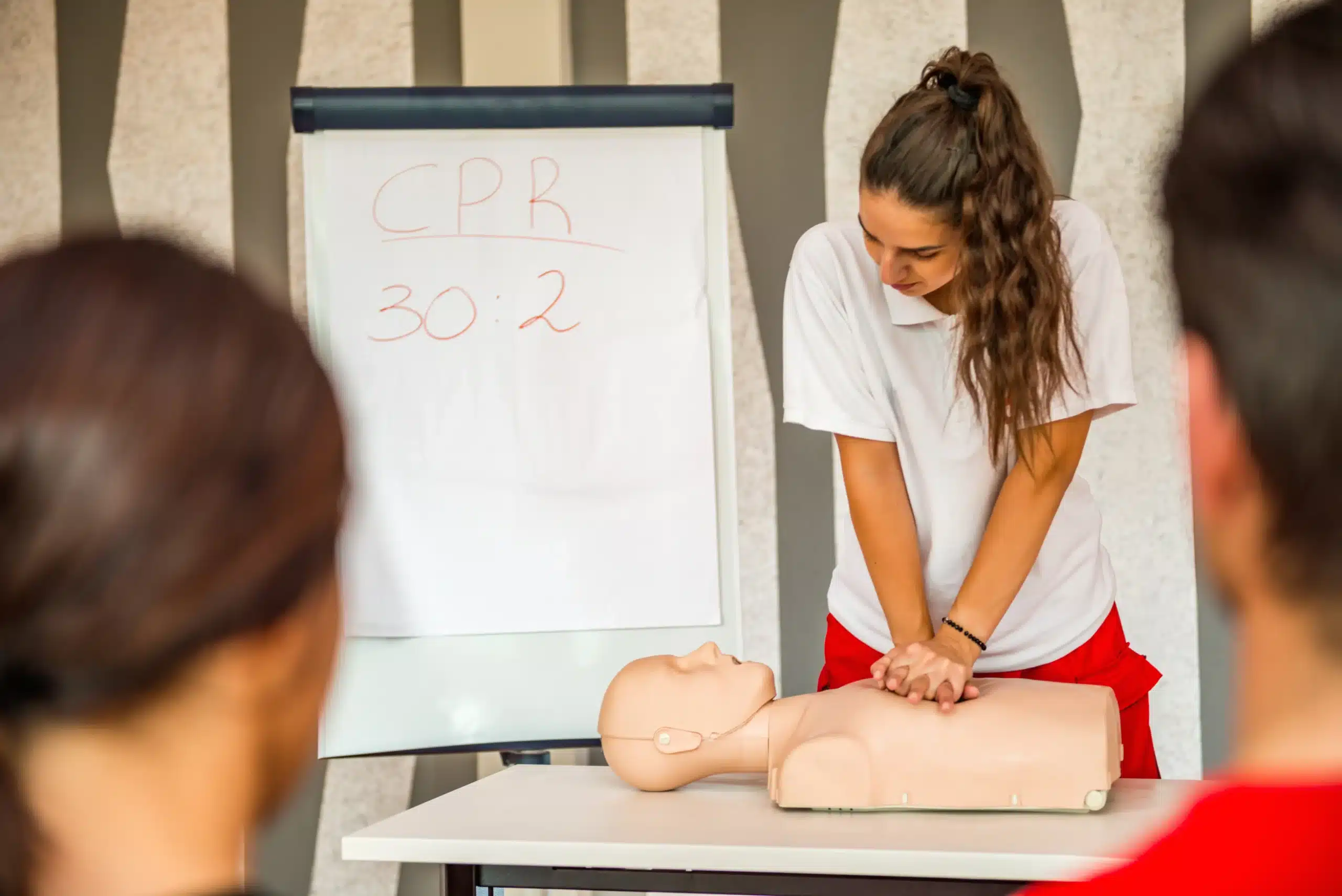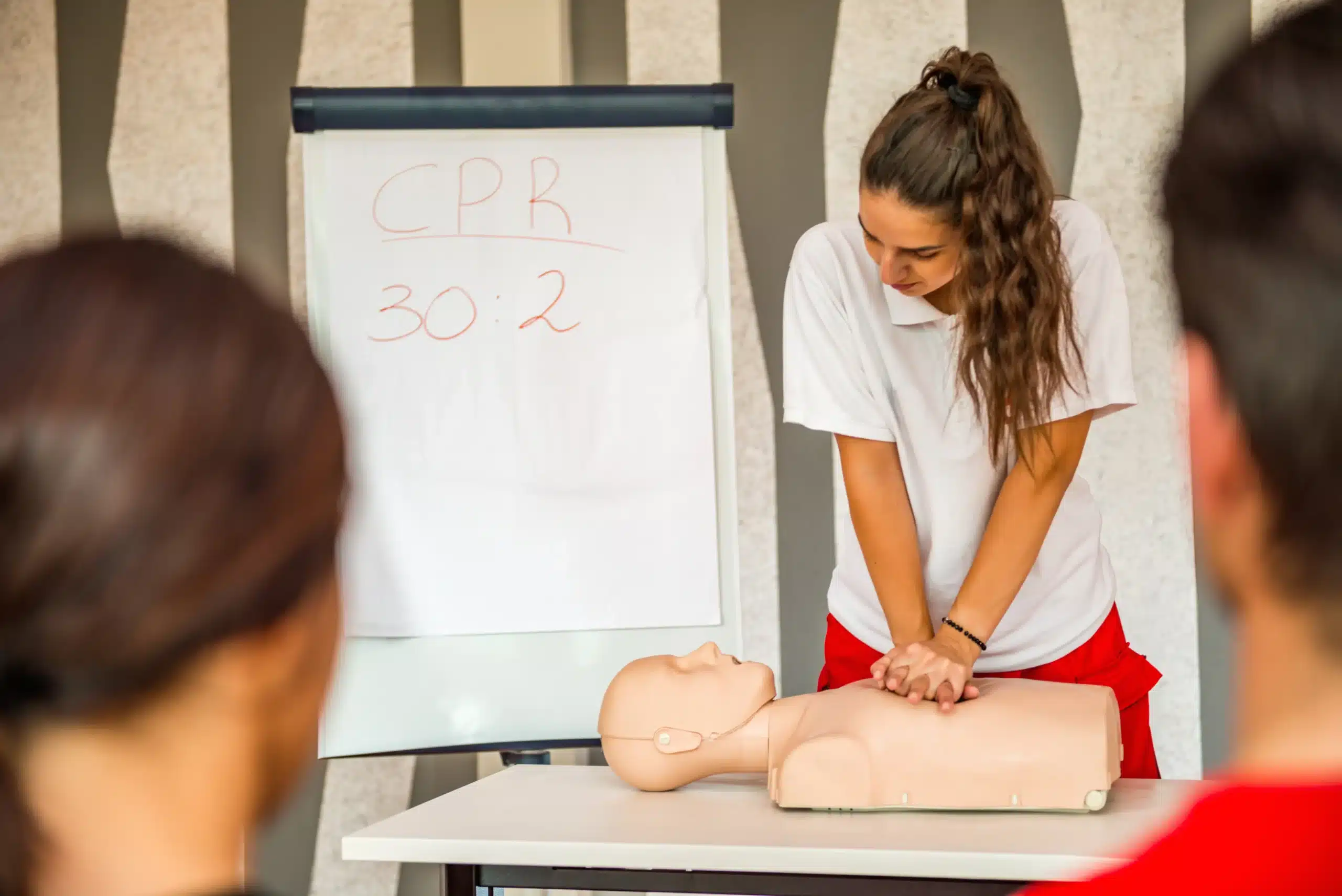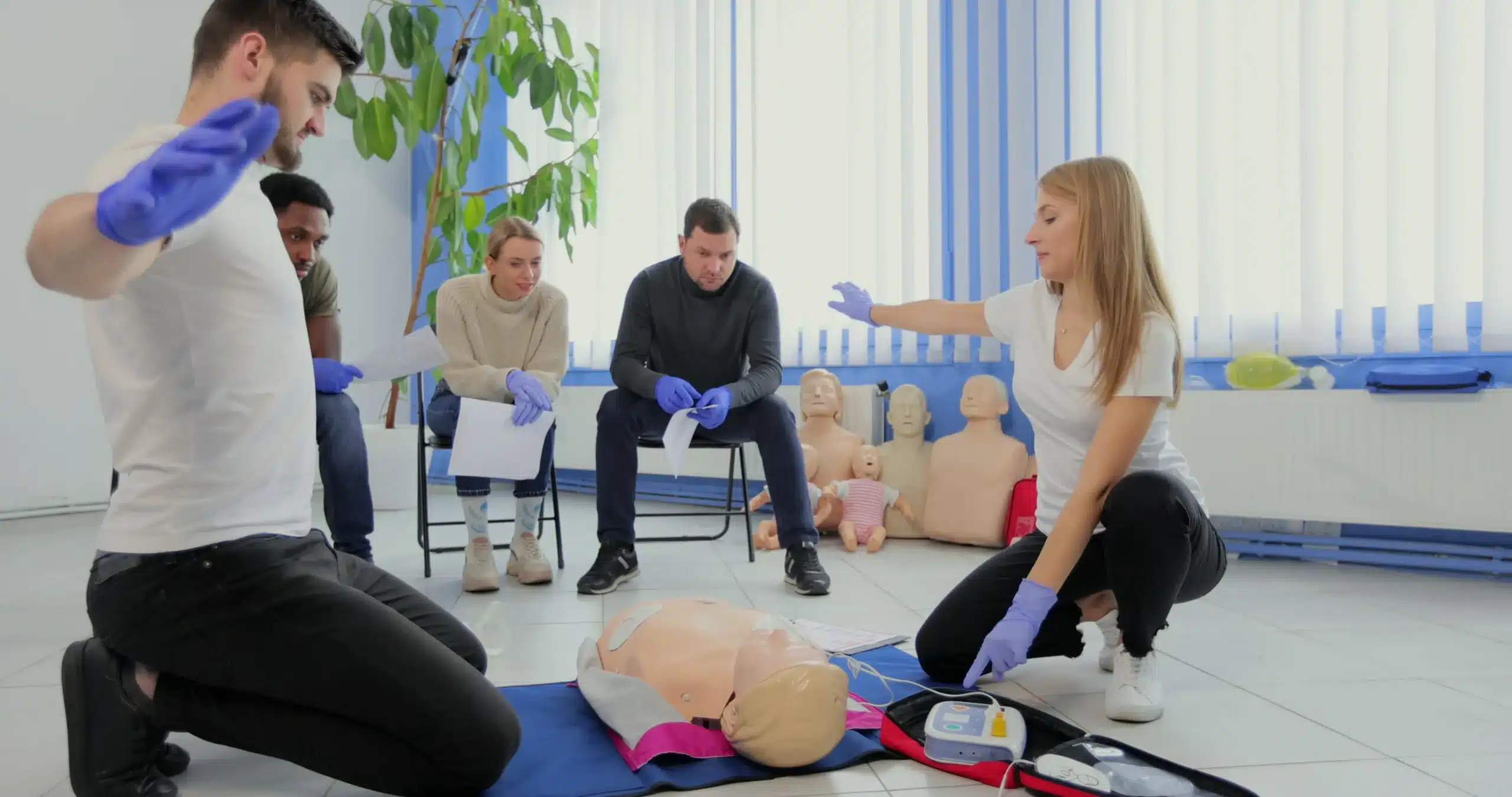Emergencies can happen when we least expect them. Being equipped with the skills to respond effectively is invaluable. BLS training provides the knowledge and confidence to act in critical situations, potentially saving lives. This guide explores the world of BLS training, covering what it is, why it matters, and how to find the right course for you. We’ll discuss the various learning options available, typical costs, and what to expect during a BLS training course. If your search for “bls training near me” has led you here, you’re in the right place. We’ll provide valuable resources and insights to help you find the perfect BLS training program.
Key Takeaways
- BLS training equips you with life-saving skills: Learn essential techniques like CPR, AED use, and how to clear an obstructed airway. These skills empower you to confidently handle medical emergencies involving adults, children, and infants.
- Finding the right course requires research: Consider factors like the training provider’s accreditation, instructor qualifications, course format (in-person or online), and cost. Local options like Concord CPR Classes offer convenient and affordable training.
- BLS certification is a valuable investment: It enhances your preparedness for emergencies at home, in the workplace, or in your community. Maintain your skills and demonstrate your commitment to safety by keeping your certification current.
What is BLS Training & Why is it Important?
BLS training gives you the skills to respond to life-threatening emergencies. It’s essential for healthcare providers and anyone who wants to help in a crisis. The training covers core life-saving techniques and emphasizes early intervention.
What BLS Covers
BLS certification courses teach fundamental skills, including CPR, using an AED, and relieving choking. You’ll learn how to recognize the signs of a cardiac arrest or obstructed airway and take action. The training covers adult, child, and infant scenarios, giving you a well-rounded skill set. Courses often follow guidelines from organizations like the American Heart Association, ensuring you learn the most up-to-date techniques. For healthcare providers like doctors, nurses, and EMTs, BLS training is often a job requirement.
Why BLS Matters
BLS certification is a valuable asset, even outside of healthcare settings. It empowers you to confidently respond to emergencies, potentially saving a life. From providing first aid at a community event to assisting a family member, BLS skills can make a real difference. While there are some misconceptions about BLS training, its importance is undeniable. It equips individuals to act quickly and effectively in critical situations, improving the chances of positive outcomes. Having these skills can also bring peace of mind, knowing you’re prepared to handle unexpected medical emergencies.
Find BLS Training Near You
So, you’re ready to get your BLS certification—great! Now comes the task of actually finding a class. Whether you prefer in-person learning or the flexibility of online courses, several options are available. Let’s explore how to find the right BLS training near you.
Local Options
If you learn best in a traditional classroom setting, search for local training centers. Hospitals, community colleges, and dedicated CPR training organizations often offer BLS certification courses. For example, the American Red Cross offers various BLS certification and renewal courses, often held at convenient community locations. Many community colleges, like Montgomery College, also provide CPR and first aid training, sometimes including BLS certification. Check their websites or give them a call to find a course schedule that works for you. Don’t forget to check with your employer, too, as some workplaces offer on-site BLS training. Concord CPR Classes offers BLS certification in Concord, CA, serving surrounding areas like Walnut Creek and Pleasant Hill.
Online Options
Online BLS courses offer a flexible alternative to traditional classroom learning. These courses often combine online instruction with in-person skills testing, allowing you to learn the material at your own pace and then demonstrate your skills to a certified instructor. Providers like ACLS Medical Training offer comprehensive online BLS courses that cover essential life-saving techniques for adults, children, and infants. ACLS.com highlights the convenience of online certification, especially for busy professionals like nurses who need to fit training around their demanding schedules.
Training Location Map
Most training providers list their course locations directly on their websites. Look for a “Find a Class” or “Locations” page, which may include an interactive map to pinpoint the nearest training site. If you’re having trouble finding a location near you, try searching online for “BLS training near me” or “CPR classes near me.” This should generate a list of local options and their contact information. You can also often find CPR classes on Yelp.
Compare Courses
Before you sign up for a BLS course, compare a few options. Most BLS courses cover the same core content, including CPR, AED use, and how to handle obstructed airways for adults, children, and infants, aligning with American Heart Association (AHA) guidelines. However, course formats, length, and cost can vary. BLS certification is typically valid for two years, so check whether the provider offers convenient recertification courses as your renewal date approaches. Also, inquire about the format of the course. Most courses include a written exam and a hands-on skills assessment, so be sure you’re comfortable with both components. Consider factors like class size and instructor experience, too. Smaller classes can offer more personalized attention, while experienced instructors can provide valuable insights and guidance.
BLS Training: Formats & Costs
Learning Options
BLS training courses cater to different learning styles and schedules. You can find in-person courses, which allow for real-time interaction with instructors and other students. Blended learning, combining online coursework with an in-person skills session, is another popular option. This hybrid approach offers flexibility for busy schedules. Some providers, like the American Red Cross, offer both in-person and blended learning formats for BLS certification and renewal. Explore different learning paths to find what suits you best. Montgomery College, for instance, provides various CPR and First Aid courses, including BLS for healthcare professionals.
Typical Costs
The cost of BLS training depends on the provider, location, and course format. Basic BLS certification can cost around $95, while recertification (if your previous certification is relatively recent) might cost closer to $65, as shown by providers like ACLS Medical Training. Longer courses incorporating specific local protocols or more advanced techniques may have a higher price tag. The duration of BLS certification courses also varies. You can complete BLS certification in as little as 4.5 hours, according to the Red Cross.
Discounts & Financial Aid
Look for potential discounts or financial aid to make BLS training more affordable. Some organizations, including the Red Cross, offer discounts on training supplies or bundled courses. American BLS provides promo codes for various courses, including CPR and BLS. Students should check with their educational institution for financial assistance options for continuing education courses, like those offered by Molloy University. Inquire directly with training providers about any available discounts or financial aid programs.
What Happens in a BLS Training Course?
This section covers what you can expect during a BLS training course, from the course structure and learning methods to certification and real-world application.
Course Structure & Length
BLS training courses are designed to be comprehensive and efficient. You’ll learn essential life-saving skills, including CPR for adults, children, and infants, how to use an automated external defibrillator (AED), and techniques for relieving airway obstructions. While the specifics might vary slightly depending on the provider, most BLS certification courses can be completed in a single day. Some providers offer blended learning options that combine online modules with in-person skills sessions, allowing for greater flexibility. Check with your chosen provider for details on BLS course length and format.
Theory & Practice
BLS courses blend theory and practical application. You’ll learn the scientific principles behind the techniques, understand how they work, and why they’re important. The training emphasizes a scenario-based learning approach, presenting realistic emergency situations to help you develop critical thinking and problem-solving skills. Hands-on practice is a crucial part of BLS training. You’ll have the opportunity to perform CPR on mannequins, practice using an AED, and work through various choking scenarios under the guidance of certified instructors. This combination of theoretical knowledge and practical training ensures you’re well-prepared to respond effectively in a real emergency. BLS courses are designed to meet the guidelines established by organizations like the American Heart Association (AHA).
Certification & Renewal
Upon successful completion of the BLS course and passing the required assessments, you’ll receive a certification card valid for two years. It’s essential to keep your certification current to maintain your skills and demonstrate your continued competence. Most providers offer recertification courses as your expiration date approaches. Many also provide free online resources, including refresher videos and quizzes, to help you stay sharp between renewals.
Real-World BLS
BLS certification equips you with the skills to respond confidently to life-threatening emergencies. Whether you’re a healthcare professional, a first responder, or a concerned citizen, BLS training empowers you to provide immediate care in critical situations. Knowing how to perform CPR, use an AED, and clear an obstructed airway can make a profound difference, potentially saving lives. BLS skills are invaluable in various settings, from hospitals and clinics to workplaces and homes. They enable you to act quickly and effectively when every second counts.
Choose the Right BLS Training
Finding the right BLS training involves considering several factors to ensure it aligns with your specific needs and learning preferences. Here’s a breakdown of key aspects to consider:
Accreditation & Instructors
BLS certification is a crucial credential, especially for healthcare professionals. Confirming your chosen training provider holds proper accreditation and employs qualified instructors is essential. This ensures the training adheres to established standards and best practices. Look for programs accredited by reputable organizations like the American Heart Association or the American Red Cross. Experienced, certified instructors can significantly impact the quality of your training.
Materials & Resources
Before committing to a BLS course, review the materials and resources included. A comprehensive course should cover essential skills like CPR, AED use, and relieving obstructed airways for adults, children, and infants. Some programs offer additional resources like online practice tests or refresher materials, valuable for reinforcing your learning.
Scheduling & Convenience
Flexibility in scheduling is often a deciding factor when choosing BLS training. Many providers offer various learning formats, including in-person classes and blended learning options that combine online materials with in-person skills sessions. Consider your availability and preferred learning style when selecting a course format and schedule. If you have a busy schedule, online or blended learning might be more convenient. In-person classes could be a better fit if you prefer hands-on instruction and interaction. Concord CPR Classes offers flexible scheduling to accommodate various needs. Check out our discount group classes for an affordable and convenient option.
Top BLS Providers
Several reputable organizations offer high-quality BLS training. Here are a few leading providers:
American Heart Association
The American Heart Association offers various BLS course options, including blended learning and traditional classroom training. This allows you to choose the format that best suits your learning style and schedule.
American Red Cross
The American Red Cross BLS course is designed for healthcare professionals, including nurses, physicians, EMS professionals, and other healthcare and public safety personnel. Their training focuses on practical skills and real-world scenarios.
National Safety Council
The National Safety Council provides a range of safety training programs, including BLS, tailored to the needs of various industries and professions.
Concord CPR Classes
Concord CPR Classes offers comprehensive BLS training with hands-on practice and certification. Serving Concord, Walnut Creek, and Pleasant Hill, we provide a convenient location for local residents and professionals seeking high-quality training. We also offer ACLS and PALS certification.
ProTrainings
ProTrainings offers online BLS certification courses that provide flexibility and accessibility for those who prefer to learn at their own pace.
Health & Safety Institute (HSI)
HSI provides various BLS training options, including in-person and online courses, catering to different learning preferences and schedules.
Related Articles
- BLS for Healthcare Providers in Concord: A Complete Guide – Concord CPR Classes
- Basic Life Support Instructor Course: Everything You Need to Know – Concord CPR Classes
- Find BLS Classes Near Me: A Practical Guide – Concord CPR Classes
- ACLS Certification in Concord: Your Complete Guide – Concord CPR Classes
- BLS Certification in Concord: Your Complete Guide – Concord CPR Classes
Frequently Asked Questions
Is BLS certification the same as CPR certification?
BLS certification is more comprehensive than general CPR certification. While CPR is a core component of BLS, BLS also covers other essential life-saving techniques like using an AED and relieving choking. It also emphasizes teamwork and communication, especially important in healthcare settings. Think of BLS as a broader skill set that includes CPR.
How long does it take to get BLS certified?
You can complete a BLS course in a single day, often around 4-6 hours depending on the format and provider. Blended learning options, which combine online coursework with a shorter in-person skills session, can also be a great way to fit the training into a busy schedule.
How much does BLS training cost?
The cost of BLS training varies, usually falling between $75 and $100. Factors like location, course format (in-person vs. blended learning), and any included materials can influence the price. Check with different providers in your area to compare costs and find the best fit for your budget. Also, keep an eye out for discounts – some providers offer reduced rates for groups or students.
How long is BLS certification valid?
BLS certification is typically valid for two years. To maintain your skills and keep your certification current, you’ll need to take a recertification course before it expires. Recertification courses are often shorter and less expensive than the initial certification course.
Where can I find BLS training near me?
Several places offer BLS training. Hospitals, community colleges, and dedicated CPR training centers are good starting points. You can also search online for “BLS training near me” to find local providers. Organizations like the American Red Cross and the American Heart Association also offer courses, and their websites often have class locators. Don’t forget to check with your workplace, as some employers provide on-site BLS training.


